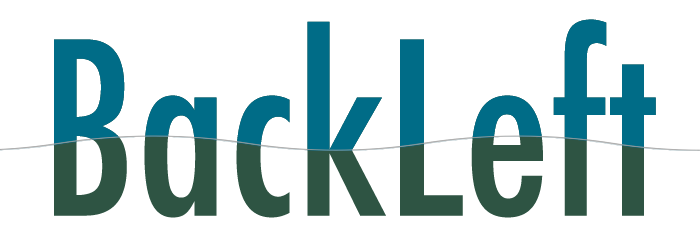What does your online conversation look like? Is it a passive, one-way conversation with your website sitting there, hoping someone will come and see what you have to offer? (Is that *really* a conversation?)Â Or is it an active, 2-way conversation, with regular messages to your audience with available feedback options from them to you?
How do you measure communication?
Communication is successful when it happens both ways, with input from different directions. If it doesn’t, it tends to be more of a lecture and that’s certainly not as good as it could be. How engaged are you when you have no input to offer? Probably not very and then both parties lose.
The anecdote.
Several years ago in college, I had a discussion based class that was designed to have a group of 6 of us discuss a topic. Well, it was a topic that I was pretty fired up about (don’t remember what it was now, though) as was a friend of mine named Josh.
He and I immediately got into it and spent the entire time discussing, arguing and jabbering on and on. By the end, we felt great! We had covered every possible angle under the sun and waited smugly for our A grade. We were a bit surprised when we found out that all 6 of us got an F.
The reason.
Well, we were quite disappointed and when we asked why, we were told it was because there was no conversation or participation from all 6. We excluded everyone else and they didn’t try to participate. We were all at fault. So while we thought we were doing great, it was really not a conversation, it was the two of us going at it and not letting anyone else in to participate.
The message.
The message here is that your conversation needs to be with everyone and allow everyone a chance to participate, whether it’s good or bad. And participation could mean just about anything. Here’s a partial list of how a good conversation could be measured from a user’s perspective. A user might:
- leave a response on your blog (please do!)
- sign up for your newsletter
- make a purchase
- download a file
- bookmark your site
- forward your email
- tell a friend about you
- recommend your product or service
The best response?
There is no single way that these happen in the conversation. They happen in many different ways, but the goal is to allow it to happen easily and naturally. For instance, if you’re selling something online, the obvious response you’d like to see is a purchase. Short of that, most any sort of feedback is welcome especially that user telling someone else about you, or some combination of all of the above. Maybe a purchase, a review, a tweet, a bookmark for later and then they tell their friends at dinner. Sounds like that would be a home run.
WOMM
Word of Mouth Marketing is a pretty big deal. How many times do you want to buy soemthing and ask for a recommendation from family or friends first? These are people you trust and the ones you share with. There’s a study from bizreport.com that shows face to face WOMM is much more important than digital WOMM (twitter, blogs, etc…)
According to a new Mintel report, 34% of US consumers have purchased something based on a real-life recommendation from family or friends. A quarter made a purchase based on a partner or spouse’s recommendation.However, only 5% said they purchased a product or service based on the recommendation of a blogger or a chat room.
“It’s interesting to find that as much time as we spend online, we still prefer a personal recommendation from someone we know and trust,” said Chris Haack, senior analyst at Mintel. “Young adults are somewhat more likely to turn to the Internet for advice and referrals, but even they listen to their peers first.”
So, next time you see something you like, pick up the phone and call your friends about.


